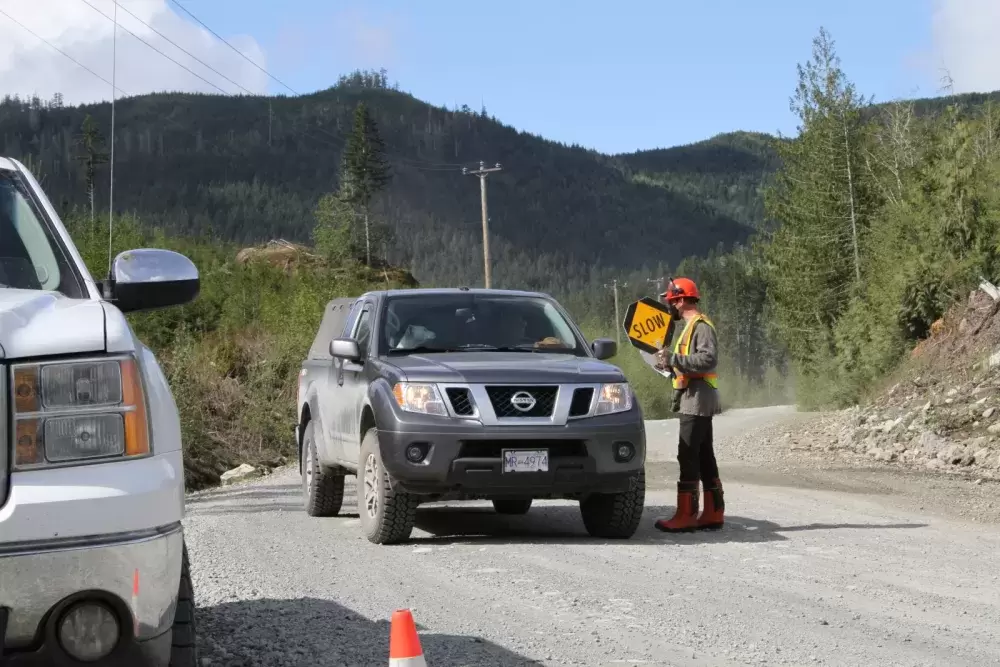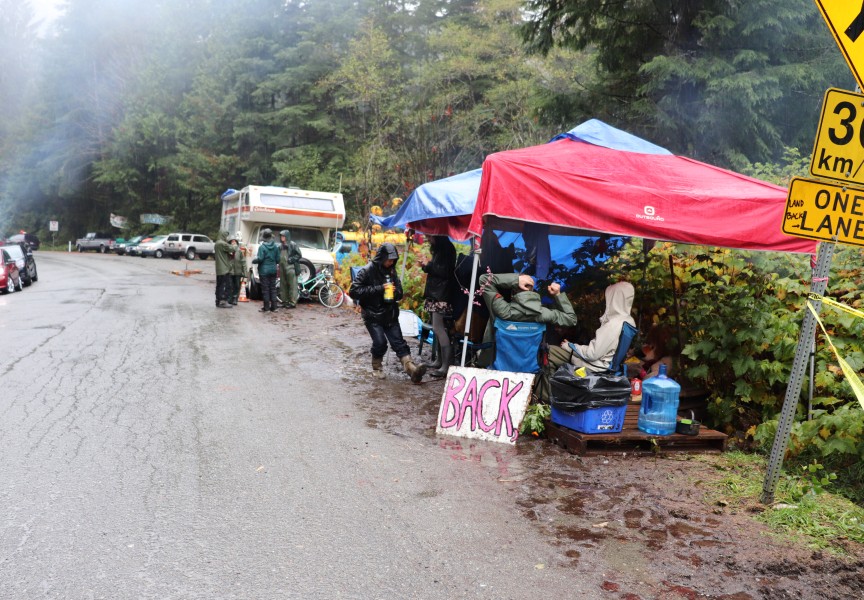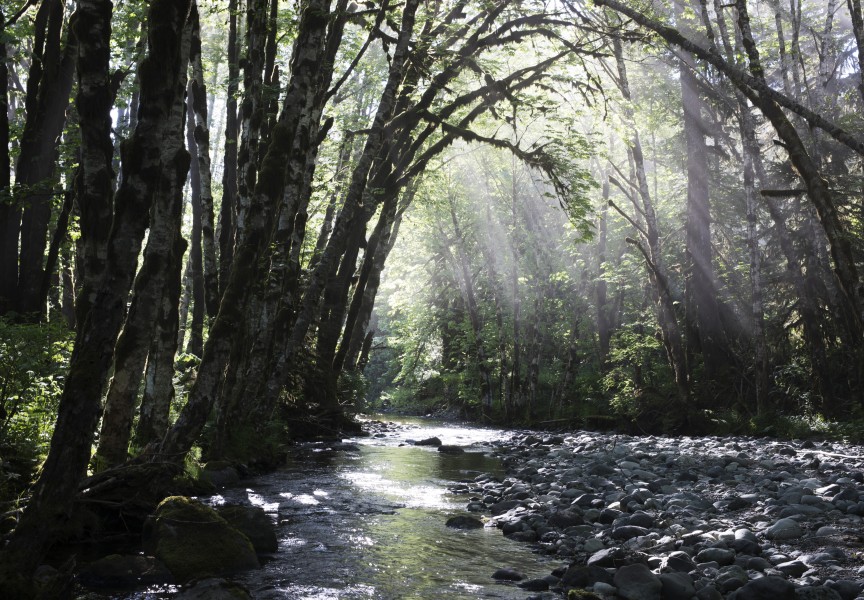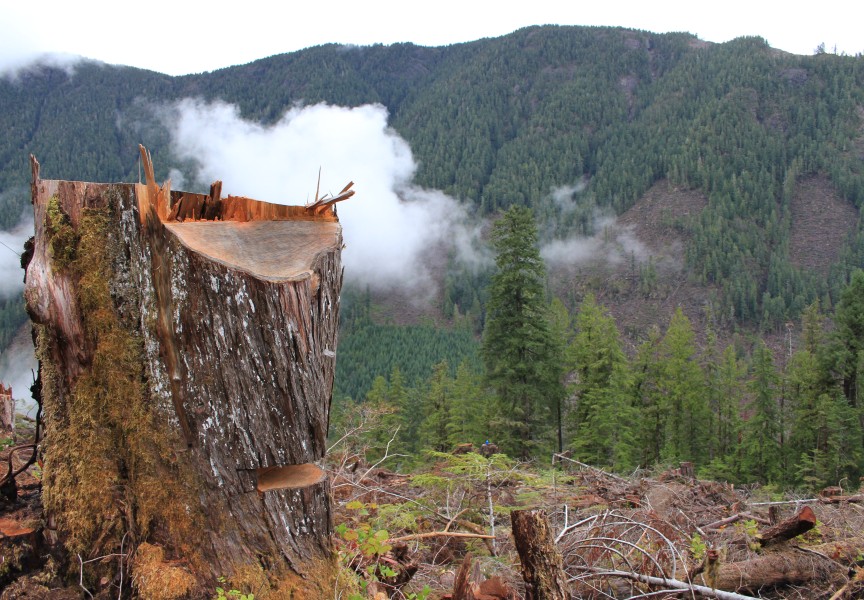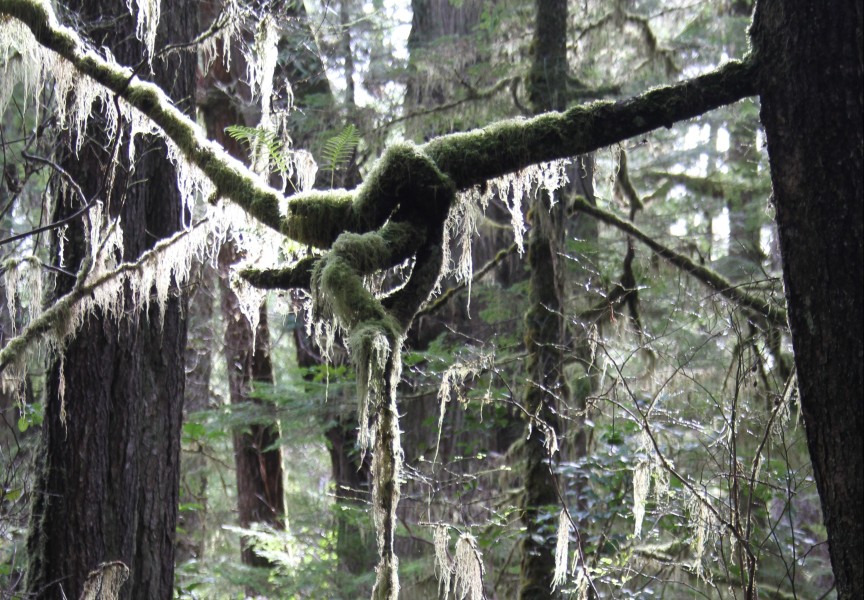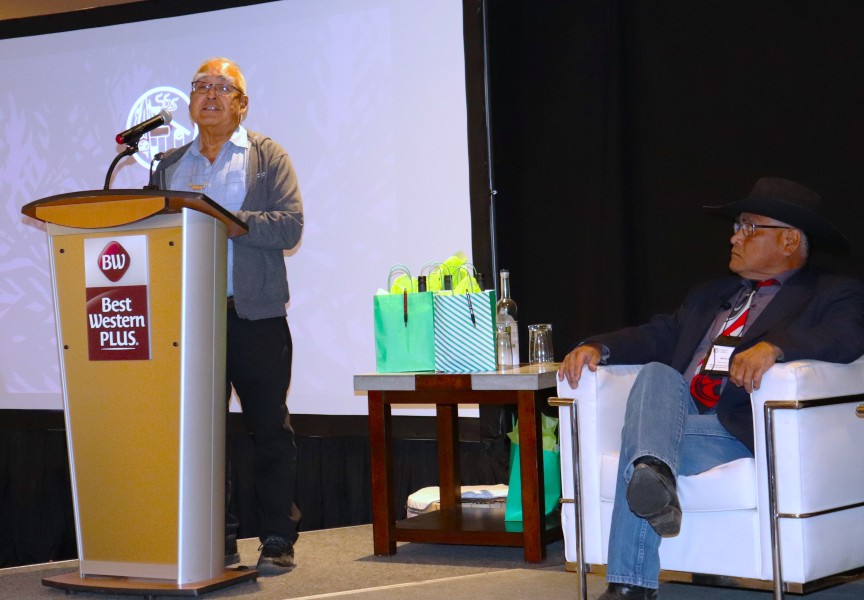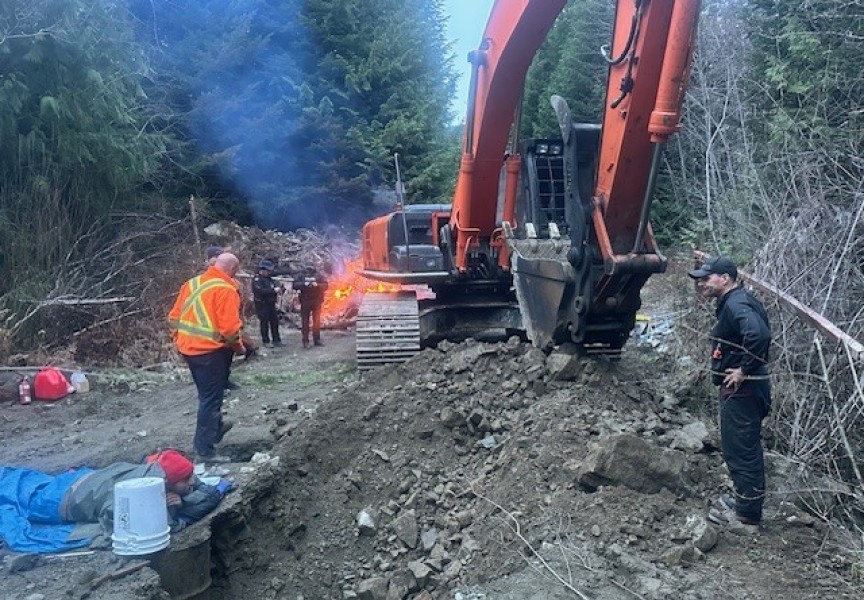Calls for a moratorium on old growth logging could go against constitutional rights, warns the Huu-ay-aht, as they weight the need to retain forests for future generations against the immediate task of bringing more of their people out of poverty.
As part of the Maa-nulth treaty, the Nuu-chah-nulth nation is stressing its right to be considered in any decisions to halt old growth logging in its territory.
Calls for a moratorium have gained prominence recently, as after 10 months the Rainforest Flying Squad continues to occupy blockades near Port Renfrew in Pacheedaht territory, resulting in over 340 arrests since mid May.
Huu-ay-aht Chief Councillor Robert Dennis Sr. referenced Canada’s residential school system while considering a complete halt to old growth harvesting.
“One of their policies was establishing residential schools to take the Indian out of the child. This halt to all old-growth logging means taking the culture out of the Indian,” he said. “What this means is that we would have no more access to cedar logs needed for canoes, we would no longer have access to cedar needed for our cultural structures, such as the House of Huu-ay-aht.”
Beyond that is the economic gap that remains between many First Nations people and the general B.C. population, something the Huu-ay-aht have worked to improve by acquiring a growing stake in forestry interests in Tree Farm Licence 44, a large section of Crown land south of Port Alberni. There are currently 44 Huu-ay-aht members working in the forest industry in mills, harvesting and at the Western Forest Products office through a partnership the First Nation established with the company. But these positions would be at risk if no more old growth could be cut, argues Dennis.
“From an economic standpoint, this would be devastating,” he said. “When you take the average income of the whole nation together, we’re still below the poverty line.”
The Huu-ay-aht’s objective is to get another 50 of its members hired in forestry.
“We’ve strategically positioned ourselves to be key players in forestry development in our territory,” added Dennis. “We’ve done it on the basis that we want to manage forests and fishery values to meet the present needs, without compromising the needs of future Huu-ay-aht generations. In doing that we have to manage the forest to make sure that there’s cedar for future generations.”
Pressure continues to be put on the provincial government to follow recommendations of the Old Growth Strategic Review that was release last year, a study that notes a “paradigm shift” in how the public values ancient forests.
In late June another study was released by the Ancient Forest Alliance, arguing that old growth has greater economic value standing than harvested. Produced by the consulting firm ESSA Technologies, the report presents 17 simulations for the highly contested forests near Port Renfrew, ranging from 30 per cent to all of the old growth trees being protected over the next century. Society would be better off under all scenarios, states the study, stressing the economic benefits of carbon storage to reduce Greenhouse gases, tourism, forest recreation, protection of coho salmon habitat and increased real estate values in communities near ancient forests.
“Results show that, if all old growth forests were protected in the study area, tourism alone would nearly make up for any losses from not harvesting by adding an equivalent number of jobs and covering 66 per cent of the losses to GDP,” stated the Ancient Forest Alliance.
But if this argument were applied to the Huu-ay-aht, Dennis cautions that tourism accounts for just about one per cent of the First Nation’s economy, despite multiple property acquisitions in Bamfield over recent years. Meanwhile forestry generates 60 to 75 per cent of revenues annually for the Huu-ay-aht Group of Businesses.
In early June the Huu-ay-aht were part of the Hišuk ma c̕awak Declaration, along with the Ditidaht and Pacheedaht First Nations. Under the First Nations’ sacred principles of utmost respect, taking care of and everything is connected, this document asserts their territorial authority. It was also accompanied by a notice to the province to defer all old growth logging in the Fairy Creek and Central Walbran areas for two years, allowing the nations to undertake resource management plans in consultation with its citizens.
With the Huu-ay-aht in a modern-day treaty while the Pacheedaht and Ditidaht are undertaking the last stage of negotiations with the province towards a final agreement, Robert Phillips of the First Nations Summit’s Political Executive saw that it didn’t take long for the provincial government to listen.
“It just made sense and moved forward accordingly,” he said. “The premier acknowledged it right away.”
Phillips noted that the time has come for industrial heavyweights to acknowledge the interests of a First Nation when a treaty is in place.
“Even though a lot of times industry has their hair on fire when they see such agreements, in the end they just look at it as just another way of doing business with First Nations,” he said. “They find ways to do it because the resources are on the lands.”
While protest activity continues on southern Vancouver Island, Dennis is asking those concerned to give the First Nations involved a chance to conduct their integrated resource management plans.
“In the meantime, let us do the business we’ve been doing,” he said, expressing frustration with protestors occupying First Nations territory without asking permission from Ha’wiih.
“The needs of other people have to be considered,” continued Dennis. “I respect their right to protest when they’re not happy with forestry policy. But, hey, they’re not the only people in British Columbia.”

